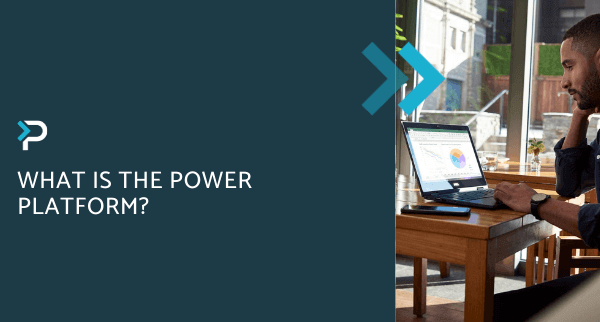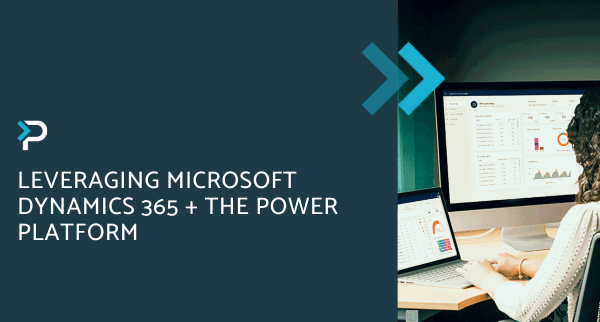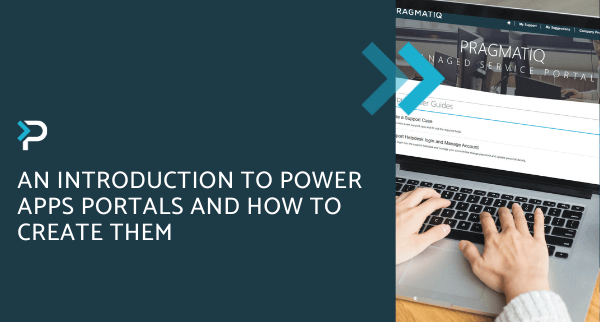Microsoft launches new Power Pages: An evolution of Power Apps Portals
Microsoft launches new Power Pages: An evolution of Power Apps Portals
May 25th, 2022
4 min read
This week, the Microsoft Build conference was held, the annual flagship event for developers. One of the key announcements from the conference, was the launch of Microsoft Power Pages; an evolution of Power Apps Portals. Below, we summarise the key points about Microsoft Power Pages.
What is Microsoft Power Pages?
One of the biggest announcements to come out of Microsoft Build was the launch of Power Pages; a low-code, scalable, and secure solution for creating, hosting, and administering modern external-facing business websites, that seamlessly work across web browsers and devices.
There are various examples of Power Pages, such as employee feedback portals, resource hubs, partner portals, public-facing websites, and much more.
Power Pages Capabilities
The Portals feature has essentially been redesigned with a new user experience and many new capabilities, including:
- Design studio
- Templates hub
- Learn hub
- Pro-Developer tools
- Security and Governance tools
- Microsoft Dataverse
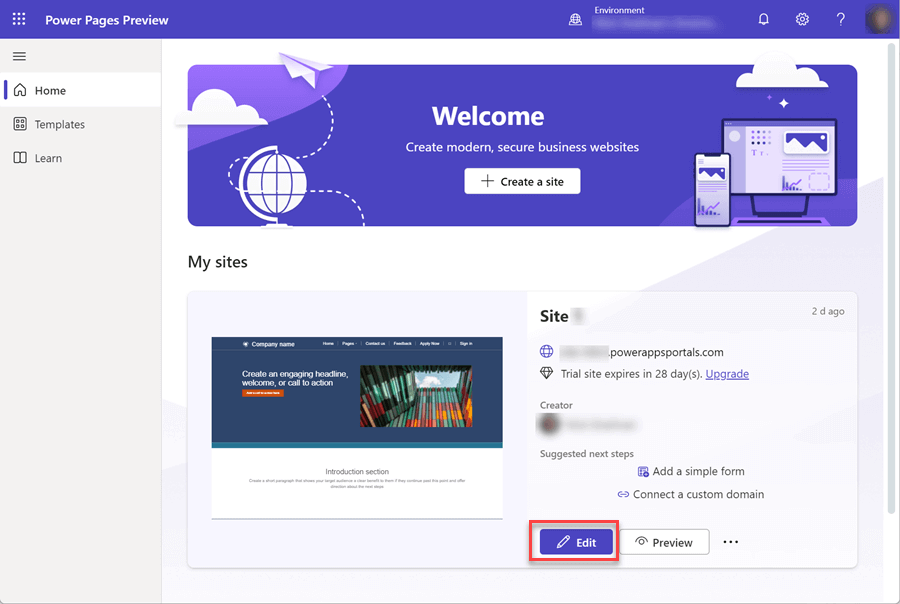
Power Pages Example Uses
People can often think of low-code web development as being useful for basic projects like a site to showcase a company profile or to use as an e-commerce platform for other content. However, with Power Pages, there are so many more possibilities. Of course, you can use it for those examples previously listed, but you can take it further, for example:
- Community services: Reach and serve a significant volume of people at scale, providing community services such as self-service permitting, licensing, incident and outage reporting, and applying for grants
- FAQ sites: Provide answers to common questions about products, services, special events, policies, and procedures
- Customer self-service: Provide all-day customer self-services, such as warranty registration, returns, support inquiries, appointments, and bookings
- Partner support: Streamline business processes with partners, such as supplier onboarding, sustainability tracking, inquiry management, and vendor support
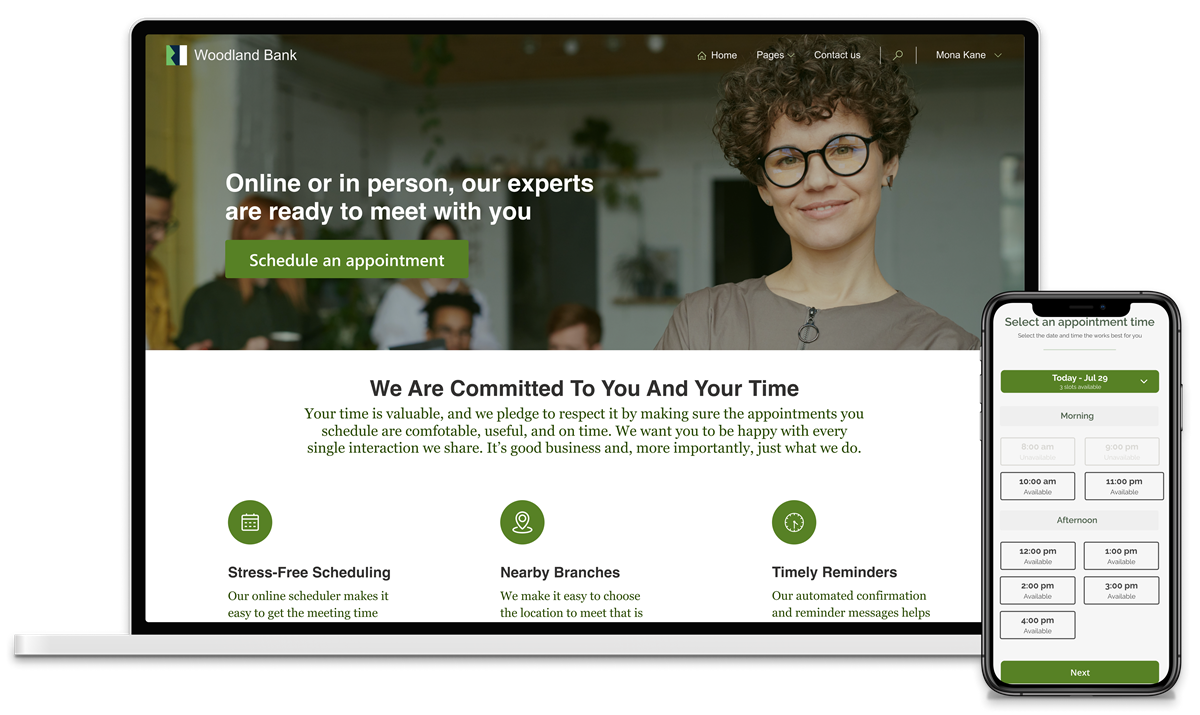
What’s the difference between Power Pages and Power Apps portals?
Power Pages is an evolution of Power Apps Portals. It is built on the Power Apps Portals platform, which is already used by thousands of businesses around the world today.
The rebrand of the tool brings new capabilities and experiences to users, enabling businesses to do more than ever.
Current customers of Power Apps portals don’t need to upgrade or migrate their running portals. Customers and partners who are building solutions on top of Power Apps portals shouldn’t stop or cancel their projects. For more information about the new Power Platform Licensing have a look at our blog.
Get in touch
If you have any questions about Microsoft Power Pages, or would like to learn more about how Pragmatiq can support you, please contact us. Fill out the contact form and a member of our team will be in touch shortly, or if you’d prefer, email us at info@pragmatiq.co.uk or call us on 01908 038110.
Want to keep in touch?
Sign up to our newsletter for regular updates.
"*" indicates required fields
